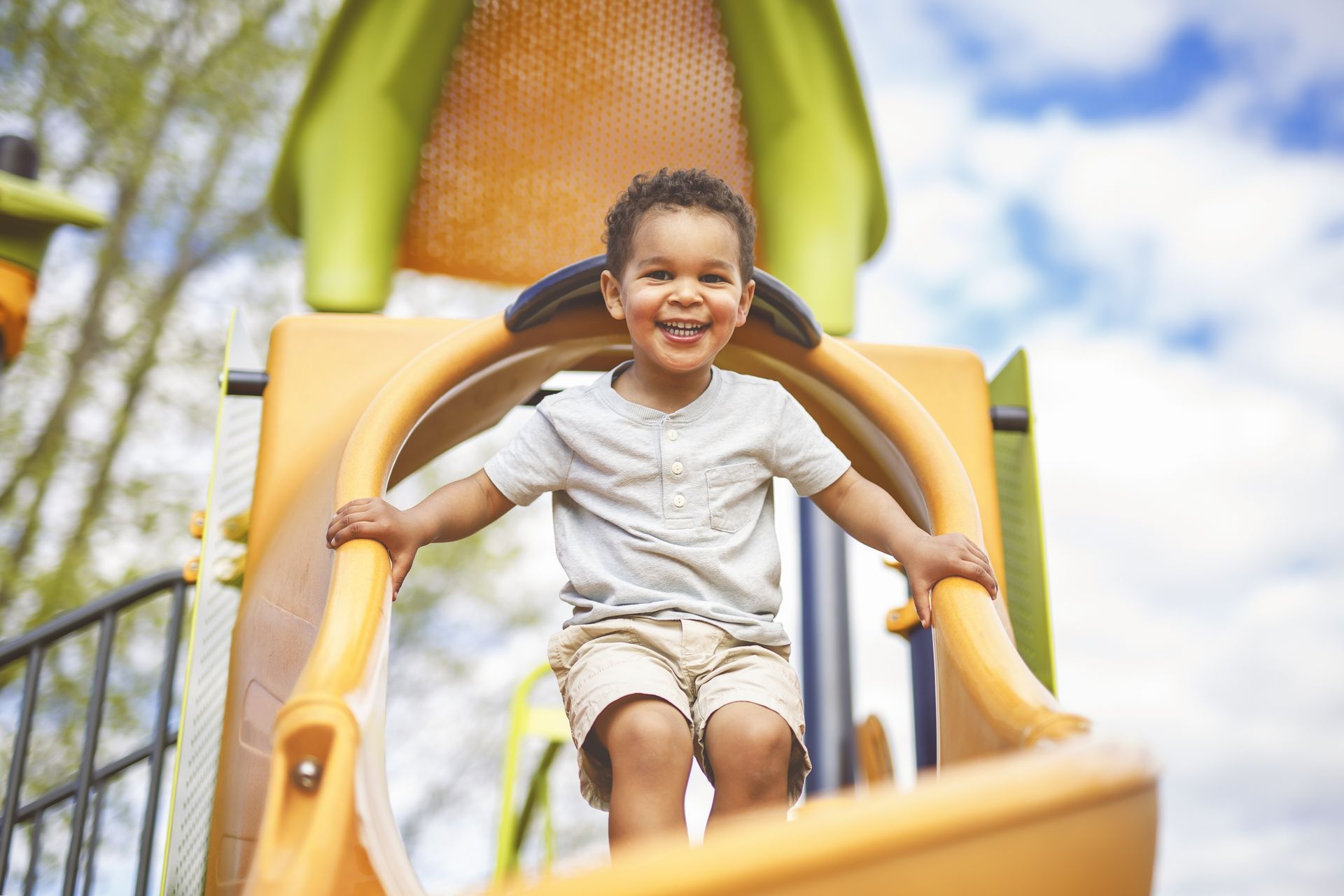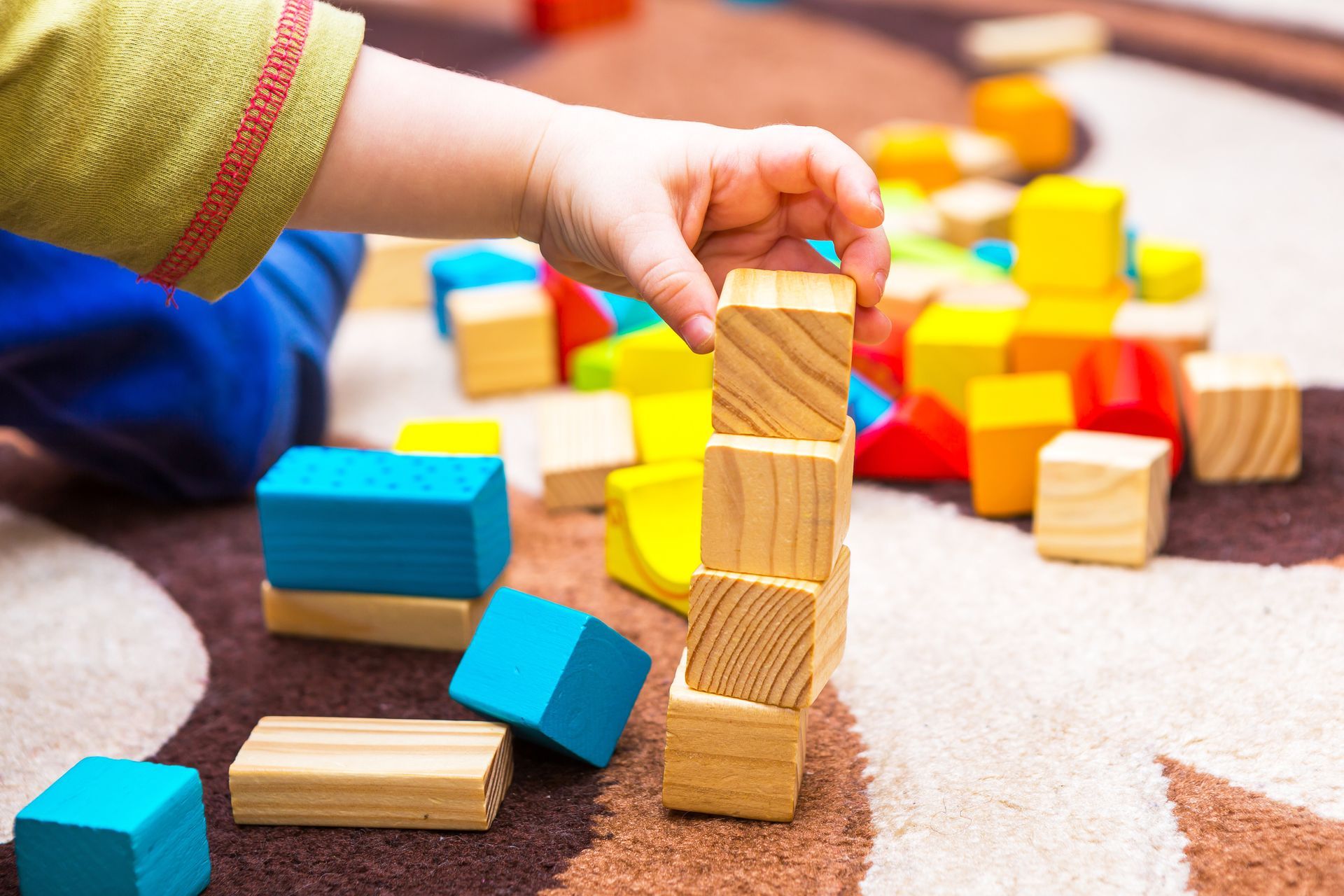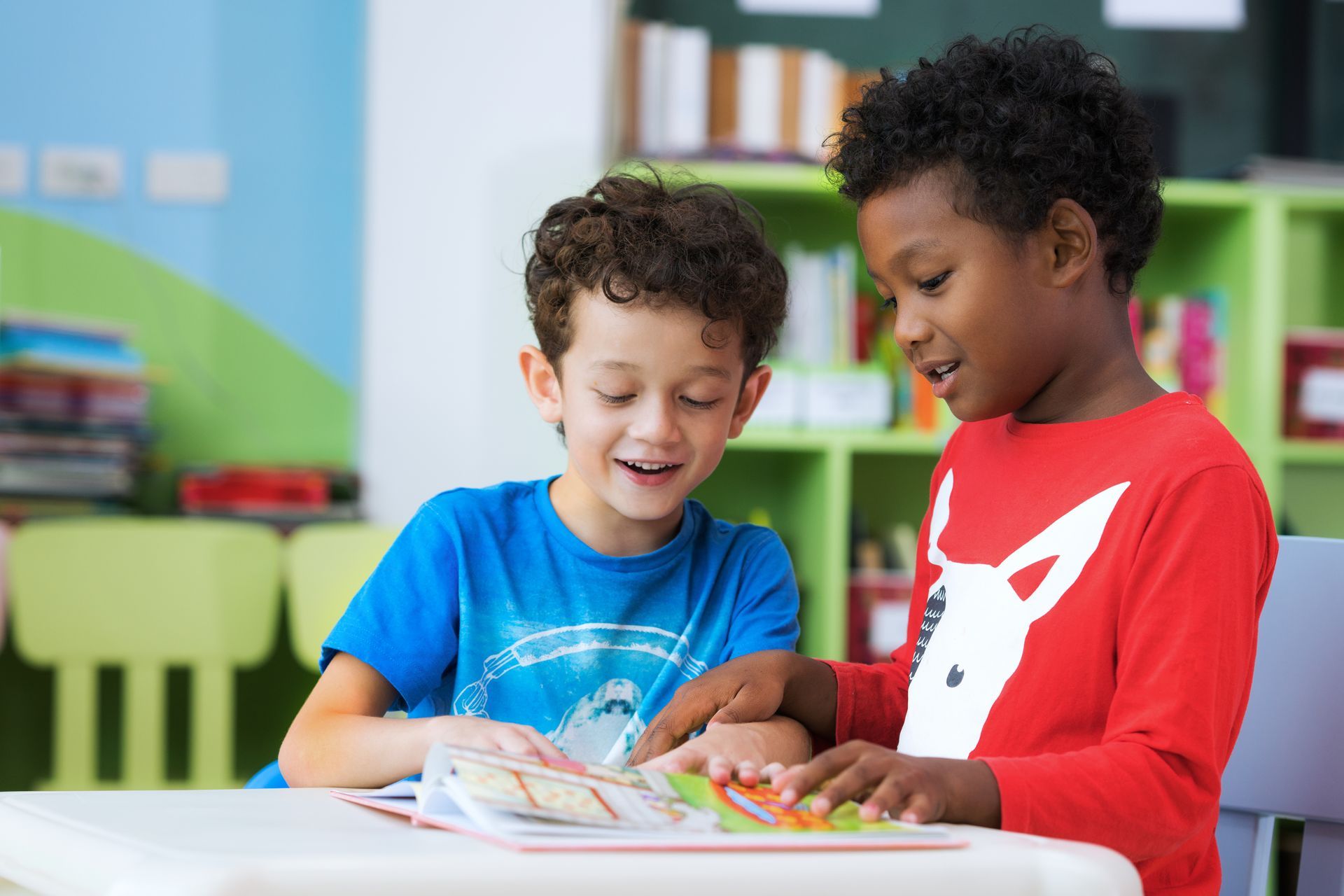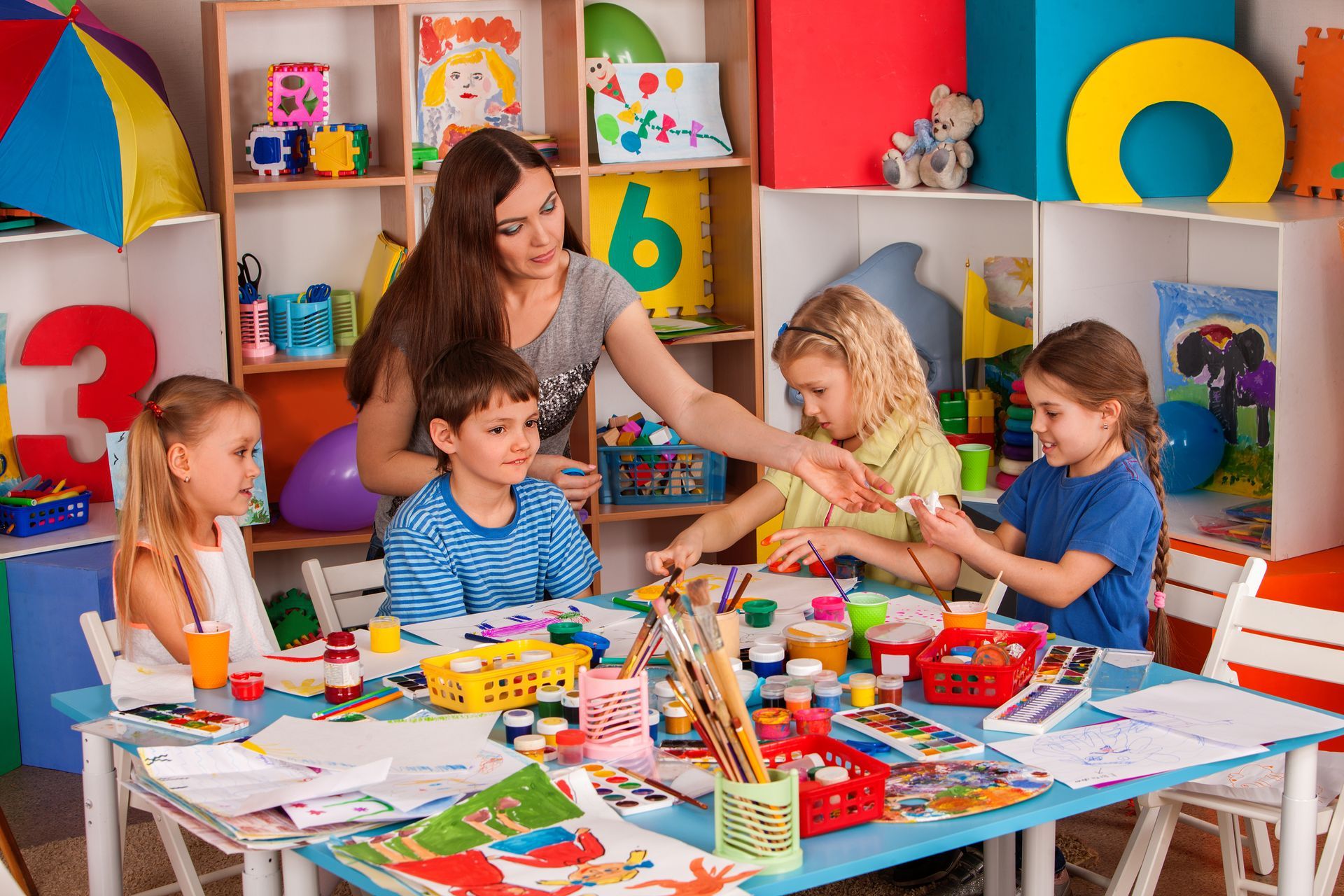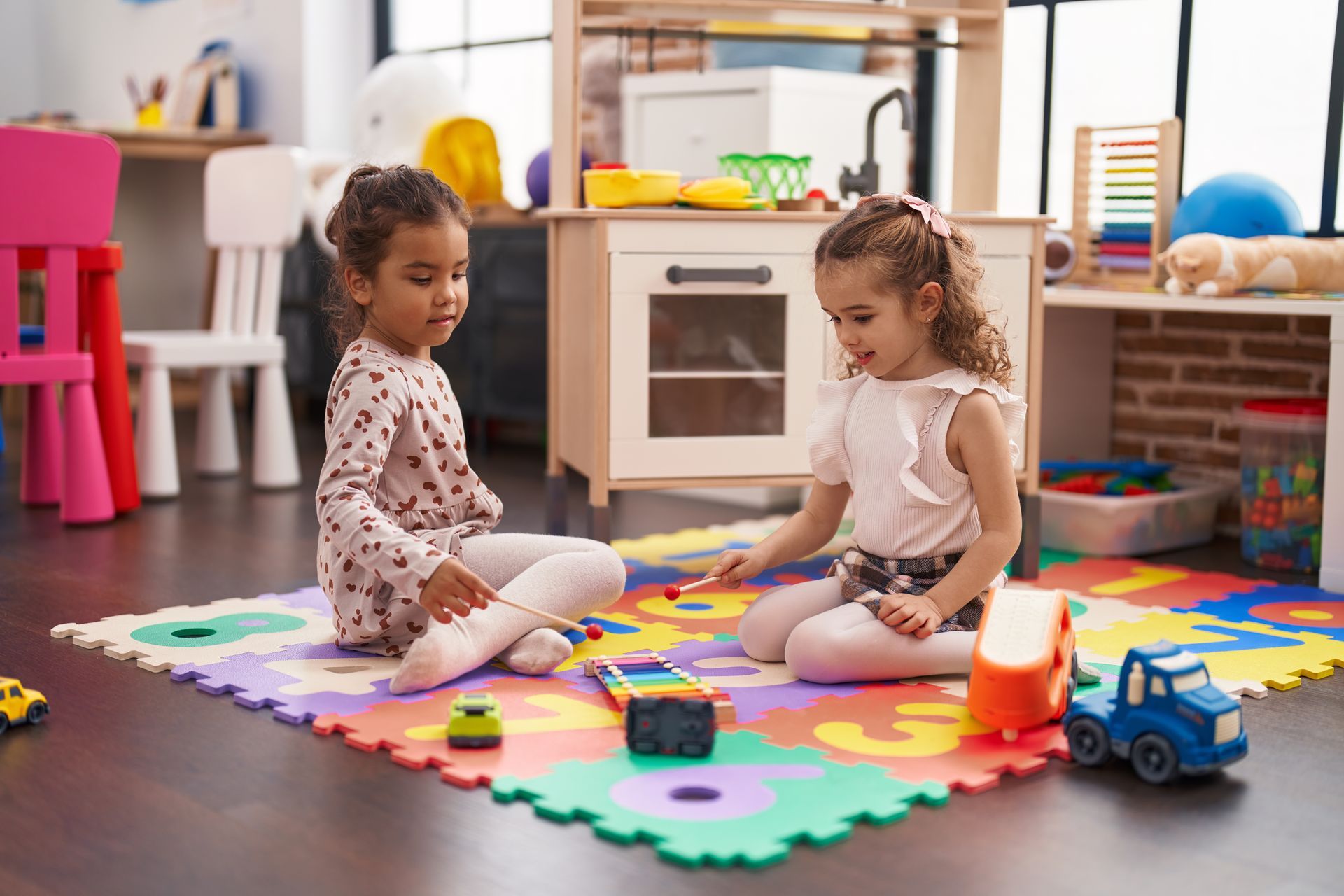Montessori Programs: Learnings From Practitioners Around the World
Despite having been shaping the minds and abilities of children for more than 150 years, Montessori programs still attract praise for their tendency to bring out the best in people.
In fact, famous Montessori alumni today include Taylor Swift, Chelsea Clinton, and the 9-year-old Prince George of Cambridge. The Montessori school delivers results. But how?
Through carefully-honed practices that seek to nurture children of all backgrounds and abilities. Here are some of the top tenets of the Montessori method in practice around the world today.
Developmental Age Grouping
One of the most distinct markers of a Montessori education is the age grouping of classes. Around the world, educators in this method will not group children according to the exact year they were born. Rather, they group children according to their development levels, an approach rooted in science. These grouping typically look like this:
- 15 months-3 years old.
- 3-6 years old.
- 6-9 years old.
- 9-12 years old.
- 12-15 years old.
- 15-18 years old.
This way, children can learn according to where they are in their developmental journey. This ensures that education is targeted and conducive to autonomous learning, for all ages.
Independence is Everything
A mainstay of Montessori schools the world over is the principle of “auto education”. This posits that all children are capable and willing to learn by themselves, as long as educators provide the tools and the inspiration.
This helps children to discover what they are passionate about and where their talents lie. It also teaches responsibility, accountability, and intrinsic learning through self-management.
In education, we believe that the greatest gift you can give your child is lifelong independence.
Play is Work
Take a look at any international Montessori curriculum, and you'll quickly see that structured games and toys play a vital role.
This goes back to the very origins of the method, with founder Maria Montessori famously saying that “play is the work of the child”.
Again, the point here is to make learning engaging and fun and encourage children to carve their own paths and do what they do best.
An Environment to Thrive In
The way that the classroom environment is structured is absolutely vital to the Montessori method. In fact, step into any Montessori classroom in the world, and you're likely to find some striking similarities. For one, order and minimalism are the key themes.
The goal is to create an environment that does not overstimulate the child, where they can focus on the task at hand. This means that walls have minimal decorations and are often painted in neutral tones.
Meanwhile, any artwork that is on display will always be at the eye level of the children. Finally, the classroom will always be separated into distinct “learning areas” for different types of activities.
Our Montessori Programs Are Shaped By Experience
At our San Dimas preschool, your child can experience world-class Montessori programs shaped by the vast experience of our educators.
We offer an environment where your child is primed to thrive, to ask questions, and to follow their passions to become a leader, rather than a follower.If you'd like to learn more about how we can empower your child, do not hesitate to
get in touch with our friendly team today.

